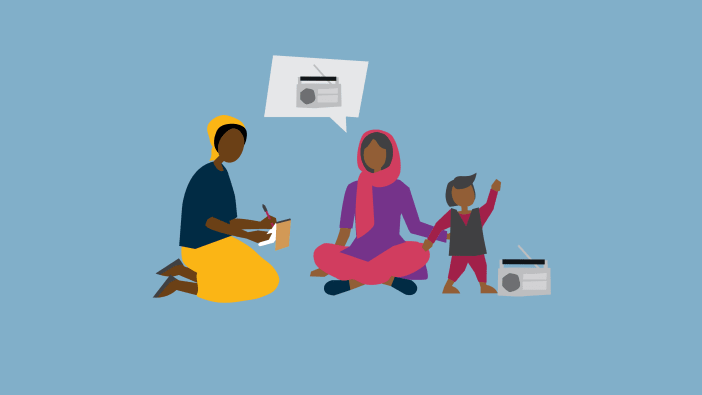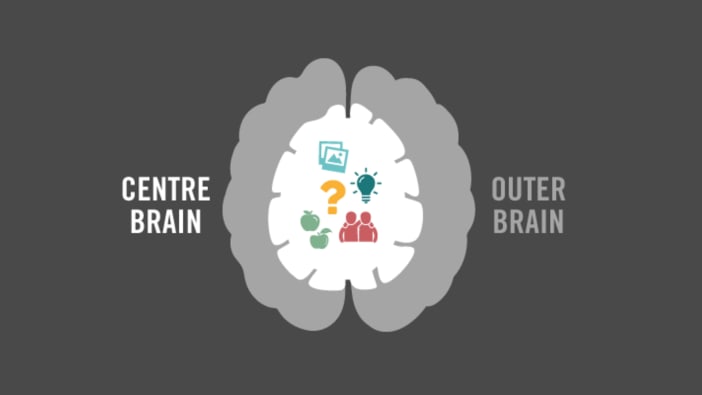A group is a collection of three or more people who meet on a regular basis for a common purpose. People work in groups to achieve what they are unable to achieve on their own.
Groups usually produce bigger results. When people realise that change, of whatever kind, is needed, then working as a group is often the best way to achieve the change. Groups can be a force to reckon with in development work.
Group challenges
In a group, each member brings experience which may be of great help to the group. Gathering people’s wisdom through sharing knowledge and experiences can help find solutions to problems. Such sharing can only be achieved in a relaxed atmosphere. A group may find it difficult to make progress if some members form sub-groups (cliques) or members refuse to cooperate in decision making for selfish reasons.
Groups are made up of a variety of people but there are several characters found in most groups:
Complainers They complain about almost every decision taken, no matter what the advantages. To these people, there is nothing good in other people’s ideas.
Know-it-alls They believe only their ideas are right. They can convince others and form cliques for selfish reasons. Where cliques are formed for personal benefits, the group is likely to collapse.
Passive members They do not want to take responsibility for bad decisions. Group leaders should encourage these people to contribute ideas.
Reasonable members They are objective and consider their reasons carefully before contributing ideas. They are the hope and inspiration of the group.
Group potential
In a group, members should avoid individual tendencies, and learn from each other by reasoning, thinking and deciding together. Sound decisions will then result from ‘group responsibility’ and ‘power’.
Group members will often observe each other, encouraging healthy competition to try to copy or outdo each other. An organised and effective group is likely to attract the attention and sympathy of outside agencies.
How to form a group
- Ideas usually come from a common need, but often just one person takes action.
- Interested people are contacted and the ideas discussed further.
- Influential people in the community are informed.
- A formal meeting is planned, with leaders democratically elected.
- The group may then be registered as an organisation.
What to look for in a group leader
- intelligent and clear thinking
- concern both for individual members and the group
- self-control and the ability to give necessary discipline
- approachable and a good listener
- inspiring facilitator and motivator
- good organiser
- able to sacrifice the necessary time.
Contributed by Gideon Njini – a consultant with Resources Management Consultants, PO Box 5011, Nkwen, Bamenda, Cameroon.









